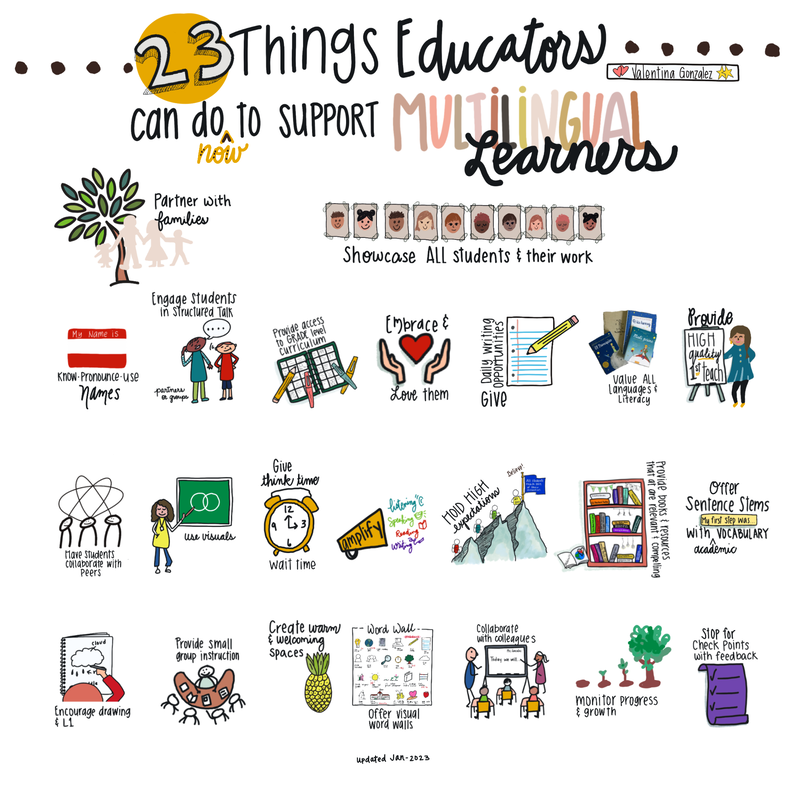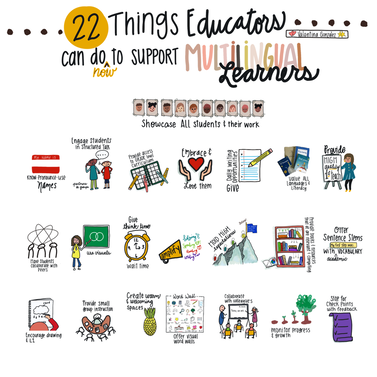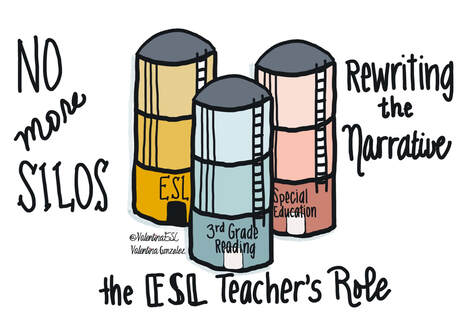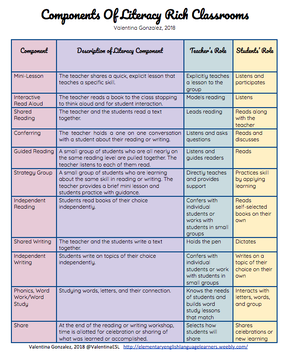The F-Word. Fidelity & Why it May Be a Fallacy for EL InstructionBuzzwords in education are like mosquitos. They are here for a while and during that time they become very annoying. Lately, many educators are hearing one certain F word frequently in regard to programs and curriculum.
FIDELITY Last year this article was shared and greatly loved. This year, I'm adding to it to include one additional support.
Multilingual learners count on us to provide high-quality, comprehensible, and culturally responsive instruction in each lesson in every classroom. Here are 23 practical and efficient ways (in no particular order) we can support multilingual learners as they climb to become our future global leaders. *The terms multilingual, emergent bilingual, and English learner are used interchangeably in this article and also include the acronyms MLs, EBs, and ELs. Multilingual learners count on us to provide high-quality, comprehensible, and culturally responsive instruction in each lesson in every classroom.
Here are 22 practical and efficient ways (in no particular order) we can support emergent bilinguals as they climb to become our future global leaders. *The terms multilingual, emergent bilingual, and English learner are used interchangeably in this article and also include the acronyms MLs, EBs, and ELs. I started teaching in the winter of 1997. Hired in a wonderful suburban district outside of Houston, Texas. The campus experienced a little growth and needed a teacher mid year, so I was the lucky one hired in December just as I received my college diploma and teaching certification.
My college pre-service classes taught me little about what the classroom experience would truly be like. And with wide-eyes I walked into my first classroom and found myself teaching third graders who had a myriad of needs I was ill prepared for. Some students needed special education support, others dyslexia, and some were learning English. I quickly found that the big white binder of curriculum didn’t hold the answers I needed to give these kids the support THEY needed. What is the Hidden Curriculum in Your Classroom?
The written curriculum can actually be quite easy to identify. It’s stated in the lesson plans. It’s part of our instruction. But what's hiding in the curriculum? What about the messages we send that are not written out explicitly and not spoken directly. The hidden or unwritten curriculum instead is found when we read between the lines. These are the messages we send to students. And often they speak more loudly than the written curriculum. What is the hidden curriculum in your classroom? The next few posts will be related to one another regarding the topic of literacy instruction as it pertains to English learners. The focus will be specifically on supporting English learners in English Language Arts classrooms and accommodating instruction and materials to promote growth and success.
But let's begin by setting the foundation for our work with some common definitions or terms. Picture your classroom...What is it like? What are students doing? What does it sound like? How does it feel to be a kid in there?
Recently I watched this awesome TEDtalk and it resonated with me. It made think about what we are asking of our students each day, and it made me reflect on whether or not our beliefs align with our practices.
A huge part of balanced literacy and a workshop setting is conferring with students. Conferring allows for maximum differentiation to meet specific instructional needs for students. But when we serve students who are also learning English, there is a need to accommodate the way we confer. After years of conferring with ELLs and tons of reading in the field, here are my tips for conferring with ELLs.
 Scaffolding...when I hear this word, I think of the small trees that were planted in my front yard. Around them, the gardeners placed metal tree stakes as supports. Scaffolds in teaching are like the stakes around the tree. Interestingly enough, it is suggested that the sooner the stakes are removed, the sooner the plant can develop a strong trunk and root system. And staking a tree that does not need it can do more harm than good. So in essence, though stakes in general seem like a good thing, if implemented incorrectly, they can harm the tree. |
Categories
All
|









 RSS Feed
RSS Feed
